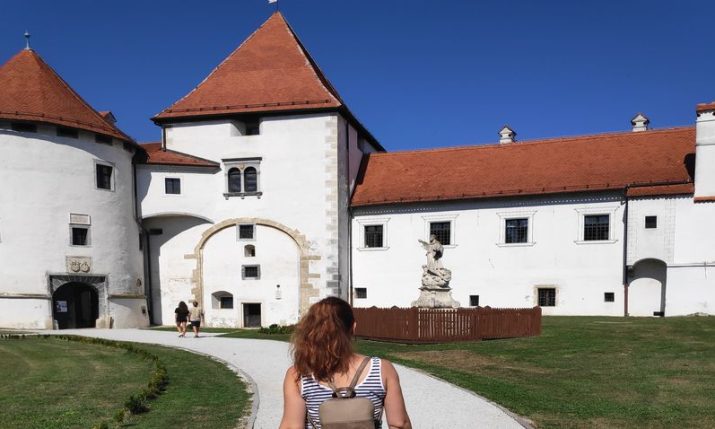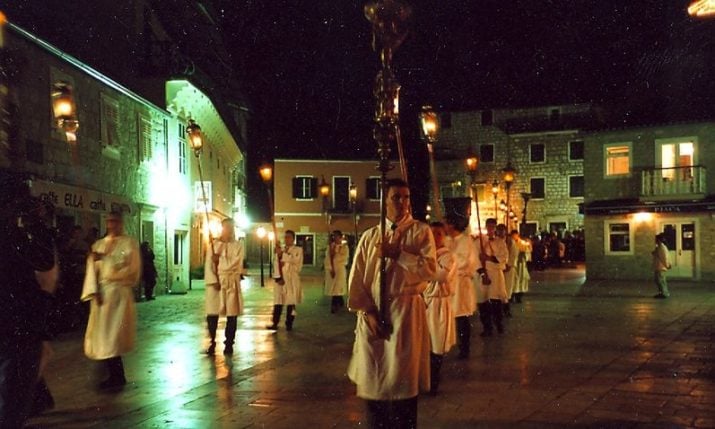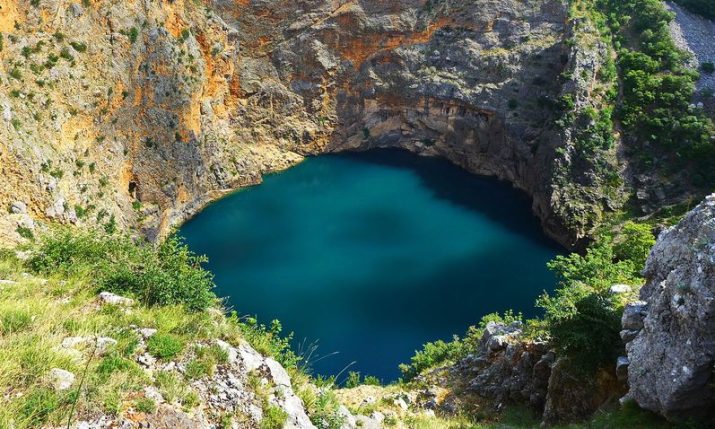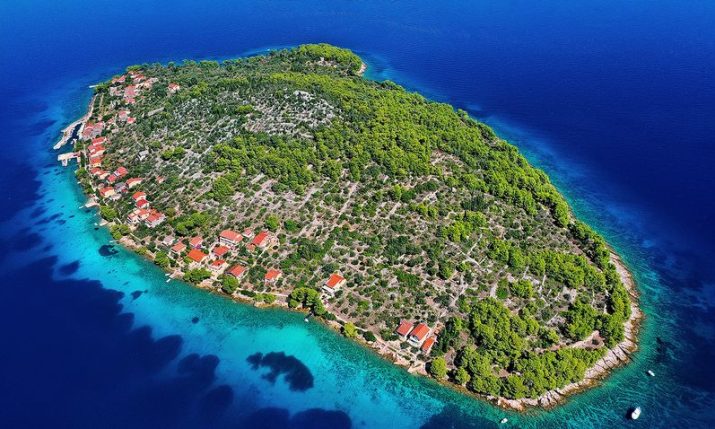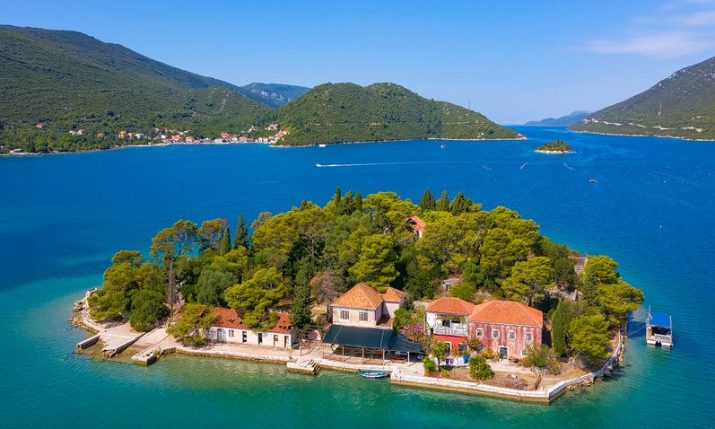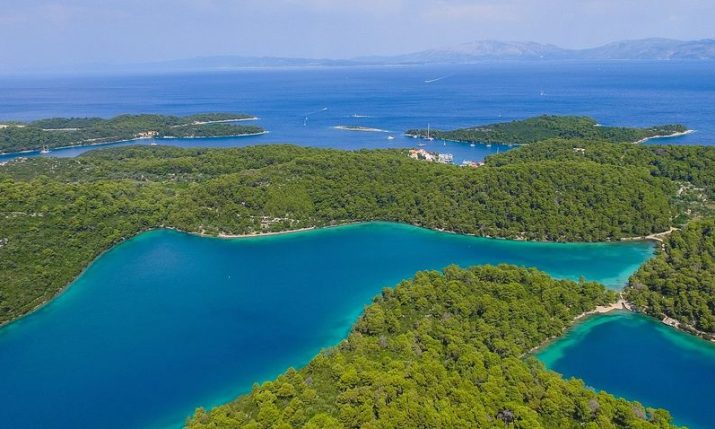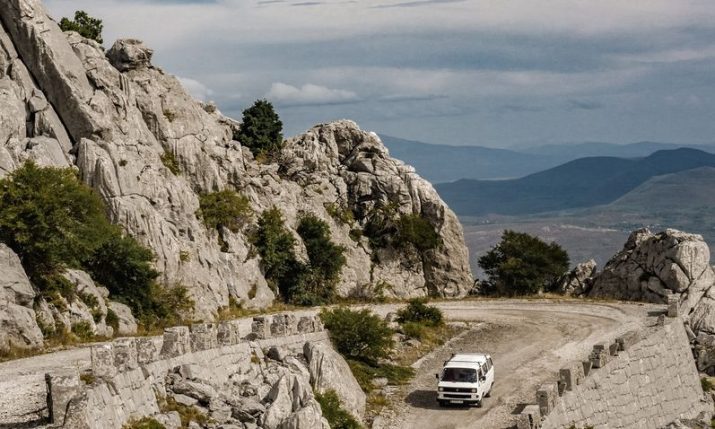Celebrating Croatia’s traditional dry stone walls
- by croatiaweek
- in Entertainment
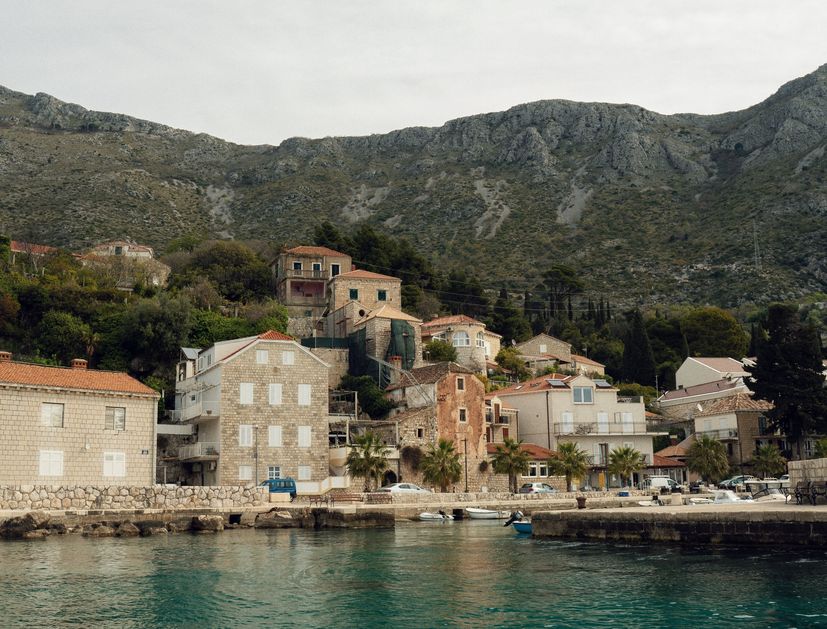
Dry stone walling is a technique of building structures without the use of mortar or any other binding material. This ancient method of construction has been practiced for centuries and is still very popular in many countries around the world, including Croatia.
Dry stone walls can be found all over Croatia, particularly on islands, coastal regions and mountainous inland areas. These walls were traditionally used for a variety of purposes, such as marking boundaries between properties, retaining soil on hillsides, and creating terraces for agriculture.
They were also used to construct buildings, such as houses, barns, and churches.
The construction of dry stone walls is a labor-intensive process that requires skilled craftsmen who are familiar with the techniques and tools used in this method. The walls are built by stacking stones in layers, with each layer being carefully placed to create a stable and sturdy structure.
The stones are selected based on their shape, size, and weight, and are often shaped by hand using hammers and chisels to fit together perfectly.
One of the key benefits of dry stone walling is its durability. The walls are able to withstand the harsh weather conditions, such as heavy rain, strong bura winds on the coast, and even snow. They are also resistant to erosion, which is important in areas with steep hillsides or near the coast where the soil can be easily washed away.
Dry stone walls also have ecological benefits. They are made entirely from natural materials and do not require any additional resources or materials to be produced. They are also able to provide habitats for a variety of wildlife, such as lizards, snakes, and birds, which can nest in the small crevices and gaps between the stones.
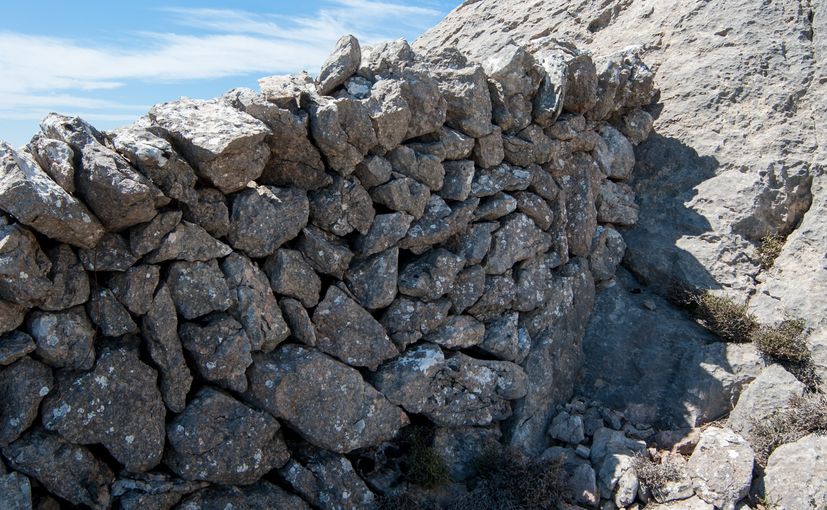
In recent years, there has been renewed interest in the construction of dry stone walls in Croatia. Many organizations and individuals are working to preserve and promote this traditional building technique, which is seen as an important part of the country’s cultural heritage.
There are now several schools and workshops that offer training in dry stone walling, and the technique is increasingly being used in contemporary construction projects.
Dry stone walling is a unique and beautiful form of architecture that is deeply rooted in the history and culture of Croatia. Its durability, ecological benefits, and aesthetic appeal make it a valuable asset to the country’s landscape and an important part of its heritage.
One of the famous examples of dry stone walling is on the Croatian island of Baljenac, where the unique stone walls resemble a fingerprint.
View this post on Instagram
Baljenac is located in the Šibenik archipelago on the Dalmatian coast and has over 23 kilometres of dry stone walls on the island which is only 0.14 km2.
The walls were made to cultivate grapevines. Locals in the area, mainly from the neighboring island of Kaprije, would go over to Baljenac island to grow grapes and other fruits.
Dry-stone walling techniques used in Croatia, Cyprus, France, Greece, Italy, Slovenia, Spain and Switzerland are included in UNESCO’s intangible cultural heritage list.

